Student Says Montreal Police in Plain Clothes Attacked Him at Friday Night Protest
Police Confirm Gun Pulled, Pointed at Protesters
Days after a night protest against austerity ended violently, police and protesters are still trying to put pieces together.
For 18-year-old Simon Dugrenier from Sherbrooke, the trip to Montreal was supposed to be about hanging out with friends, but Dugrenier left the city with a concussion, tendinitis in his left shoulder, a sprained wrist and signs of post-traumatic stress after being confronted by police Friday.
Dugrenier planned to participate in the protest earlier that night, but left after police dispersed the group. He and his friends went to eat something, and Dugrenier had returned to get his car near the intersection.
The CEGEP student was at the corner of Berri St. and Ste. Catherine St. E. taking photos of what he believed were undercover cops, based on the commotion around him.
“I didn’t know if they were actually police in the beginning,” Dugrenier said. “I would have never thought there would have been ‘undercovers’ at a protest.”
He put his phone away to head to his car when two of the plainclothes police allegedly grabbed and pushed him onto the hood of a nearby vehicle. Photos by The Link’s journalist show Dugrenier being carried away in an armlock by police in plainclothes.
Dugrenier says he was carried for at least 300 metres to a parking lot. Dugrenier said he begged them to let him go, afraid they would break his arm, and was allegedly hit in the stomach. He said at one point an officer in a checkered coat grabbed him by the throat.
People, including journalists from The Link followed them to a small parking lot where Dugrenier was pressed up against a wall to be searched.
“I thought I was going to die, I couldn’t breathe,” said Dugrenier. “They were just searching me for my phone.”
Dugrenier says he was moved again and pressed against a construction dumpster. An officer in a dark coat and light blue jeans hit his head against the dumpster, he alleged.
“They never showed me their badge,” Dugrenier said, though he repeatedly asked them.
Montreal police spokesperson Ian Lafrenière said he didn’t have the details of this situation, but there’s no reason for police to identify themselves unless there is a confrontation.
“If there is an intervention with you and you say, ‘Officer I want your name and badge number,’ I have the obligation to [name myself],” he explained.
Article 5.2 of the Code de déontologie des policiers du Québec, which governs police conduct, states an officer can’t refuse to identify themselves when asked for official documents. Dugrenier says he asked multiple times and was told things like “shut up, mon osti ” and “ tu gagneras jamais contre nous, osti de tapette. ”
There were three or four other police in plainclothes standing nearby, according to Dugrenier, as well as police on bikes and another in a patrol car. They all refused to identify the plainclothes officer, he said.
Dugrenier says an officer found his phone and threatened to charge him with obstruction of justice if he didn’t give up the password. The password was eventually forfeited and the officer deleted the photos, he says.
“I thought I was going to die, I couldn’t breathe. They were just searching me for my phone.” — Simon Dugrenier
Dugrenier was placed in a van for a few hours, brought to a police station and put in a cell after midnight. He spoke to a lawyer and signed a promise to appear in court in late March facing charges of intimidation against a representative of the justice system.
He was released around 4 a.m. without his phone but with a $640 fine for breaking city bylaw P-6, which is typically given out at assemblies deemed “unlawful,” but has been widely contested in municipal court and over 2,000 tickets from 2012 student protests were cancelled in February.
“If he’s accused of intimidation then it’s not coming from nowhere,” Lafrenière said.
According to Lafrenière, police normally wouldn’t keep a cellphone, but they can keep material as evidence, and the owner would be given a receipt if a phone was seized. Dugrenier said he received no such thing.
Lafrenière also said no P-6 tickets were given that night. The Link contacted nearly a dozen people present at the protest—no one heard police make the usual order to disperse or declaration that the protest was illegal. There was no dispersal order tweeted by the Montreal police’s Twitter account either.
Gun drawn by police
Montreal police spokesperson Ian Lafrenière says the officers blending into the protest were “plain clothes” and not “undercover,” a tactic that is reserved for criminal stings and involves a lot more active participation in meetings or organizations by police.
A gun was pulled out when two plainclothes officers were surrounded by people “who were extremely angry” after finding out who they were, Lafrenière said. The officers then told protesters to get back and identified themselves as police.
“They feared for their lives, so one of the officers used an arme intermediaire —I think it was pepper spray,” Lafrenière said. “It didn’t work, so the other one drew his weapon.”
Other reports contest the use of an intermediary weapon such as pepper spray. Chantal Saumur, who was part of the protest and saw the gun, told Radio Canada that the officers were never surrounded. She never heard the men identify as police.
Lafrenière wouldn’t say how many officers were in plain clothes, but “a few hundred officers” were present at the protest. Eight people were arrested for armed aggression, interfering with police work, breaking conditions, uttering death threats against police officers, and intimidation.
Friday night’s protest was blocked from going west and ended up near the Village where police, and protesters appeared to stand off at Ste. Catherine St. E. and St. Timothée St. Some protesters appeared to shoot flare guns at a line of police in riot gear, who retaliated with tear gas grenades to disperse the group along the major downtown artery. No police were injured, but some vehicles were damaged, including one police car, according to Lafrenière.
“We can’t just say, ‘[protesters] want to destroy the village, we’re leaving,’ and come back tomorrow morning,” Lafrenière said about the use of tear gas. “We’re the police, we need to bring back the peace.”
Concordia student activist Katie Nelson said she ducked under a staircase when things turned violent. Police were charging protesters from behind and from the front. When she left her hiding spot, she saw a group of suspicious people, many who wore black and had their faces covered.
“It was weird that they were still wearing masks after a police intervention, because you can be arrested for it,” she said.
One of the men in the street had his mask pulled down so he could speak, and she heard him shout, “Bonne chance, comrades—or ‘something’ comrades.” When she looked closer at the man, she stopped in her tracks.
“He looked and then he looked back, like you know when you see someone you recognize,” she said.
Nelson said she recognized the officer as one of the dozen named in a $24,000 lawsuit for political profiling. Nelson filed the lawsuit against the city of Montreal and police in 2013 after receiving more than 30 fines adding up to over $6,500 for everything from jaywalking to swearing in public.
When she got close enough to be sure, Nelson started screaming, “It’s a cop!”
She remembers following the man, and noticed another man with a can of mace on the sidewalk. “I had no idea where anyone was, where my friends were—I was hiding.”
That’s when Nelson says her friend approached her to leave. Nelson noticed someone running behind her, and turned away thinking it was a protester.
“I think instinctively, out of habit, I thought ‘OK, I can go. This guy is going to chase [the police in plain clothes], I don’t need to be here,’” she said.
“And then I realized, they were all cops,” she said. “By the time I realized that, I was on the ground.”
Nelson said she was on her back and stood up to get away from police. She couldn’t put weight on her left arm and right leg. After being carried a few blocks by her friends, she realized she couldn’t move further and her friends asked police to get an ambulance.
“It felt like a body check,” she said, adding that she believes she was pushed by an officer named in her lawsuit based on photos of the event.
Nelson suffered a concussion, a dislocated wrist and a swollen knee.
Lafrenière said paramedics reported on Friday that Nelson was injured after falling, but said he had no information about her being pushed.
“If she felt that she was not treated the right way, for sure she can complain about it,” Lafrenière said. “But the first time that we heard that, it was in the media.”
Another protester, who was allegedly brandishing a baton at police, suffered from a broken finger from a projectile launcher that was used. One woman was also treated by emergency paramedics and released. Lafrenière could not confirm the use of face masks by police in plain clothes.

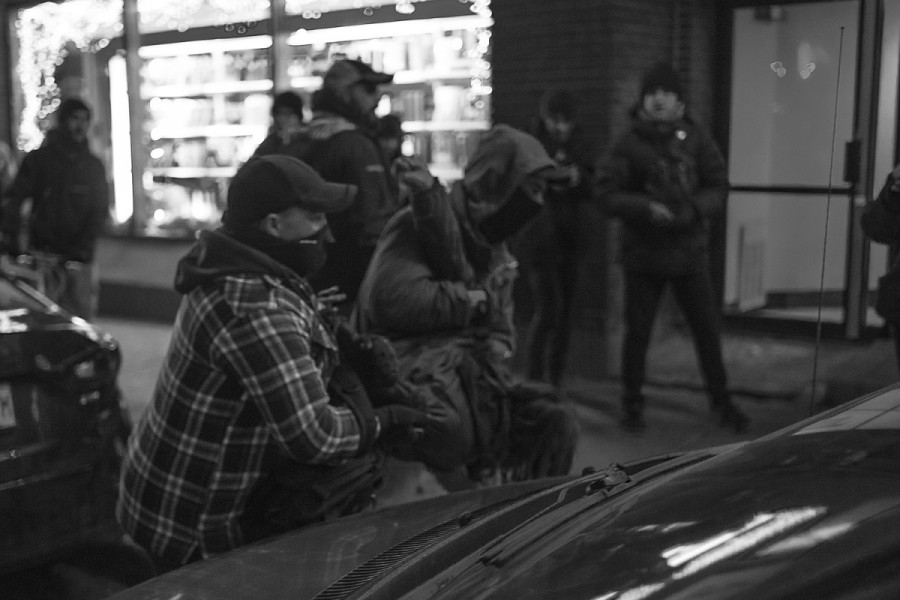
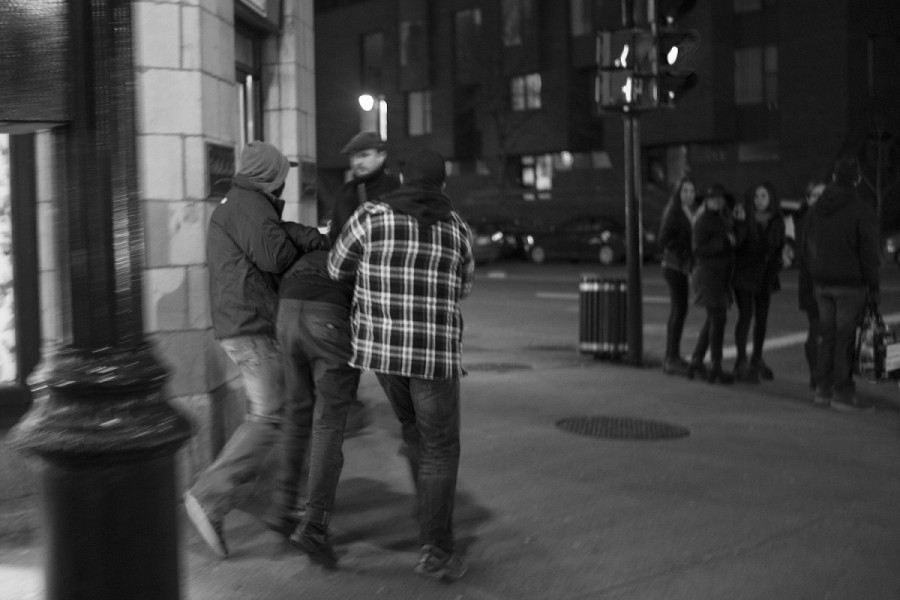
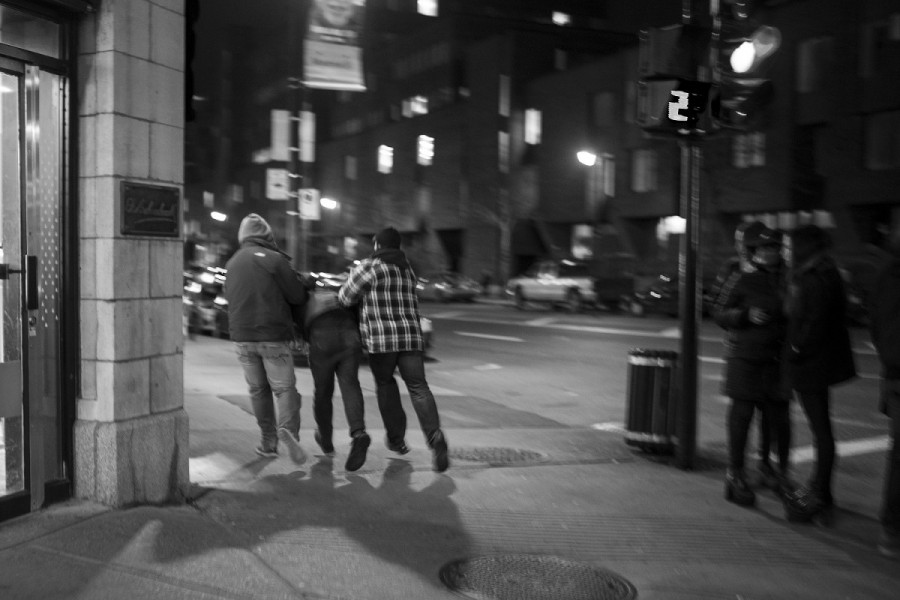
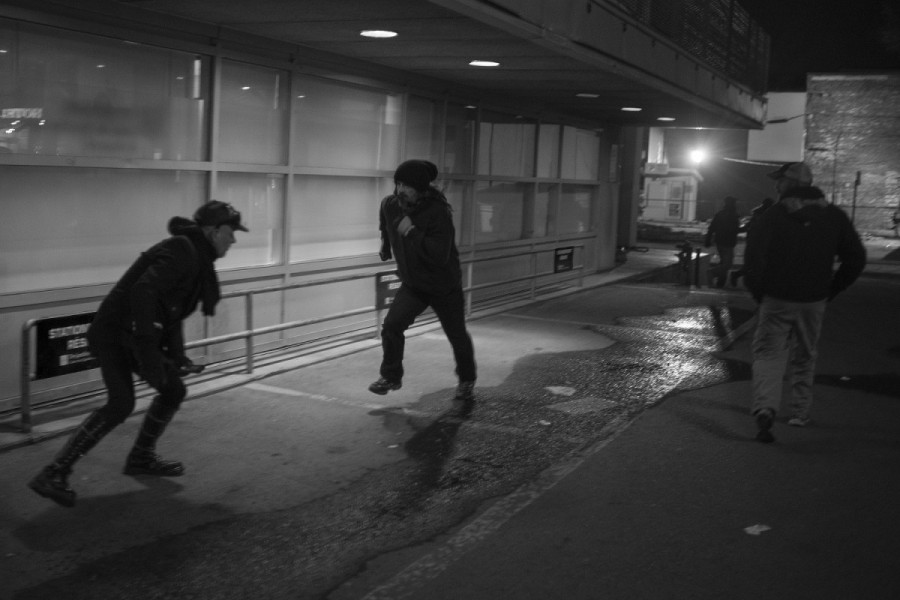
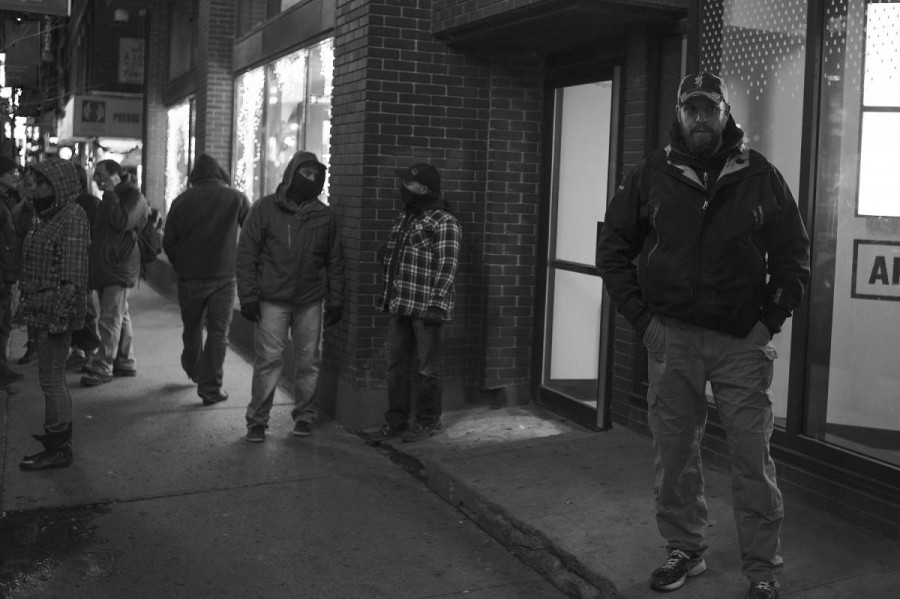
_900_601_90.JPG)
_600_832_s.png)

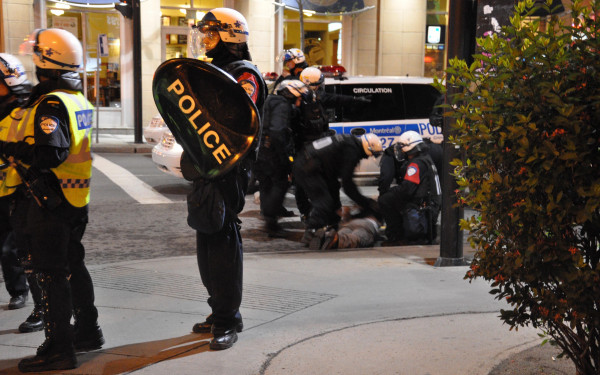
01web_600_375_90_s_c1.jpg)
_600_375_90_s_c1.jpg)